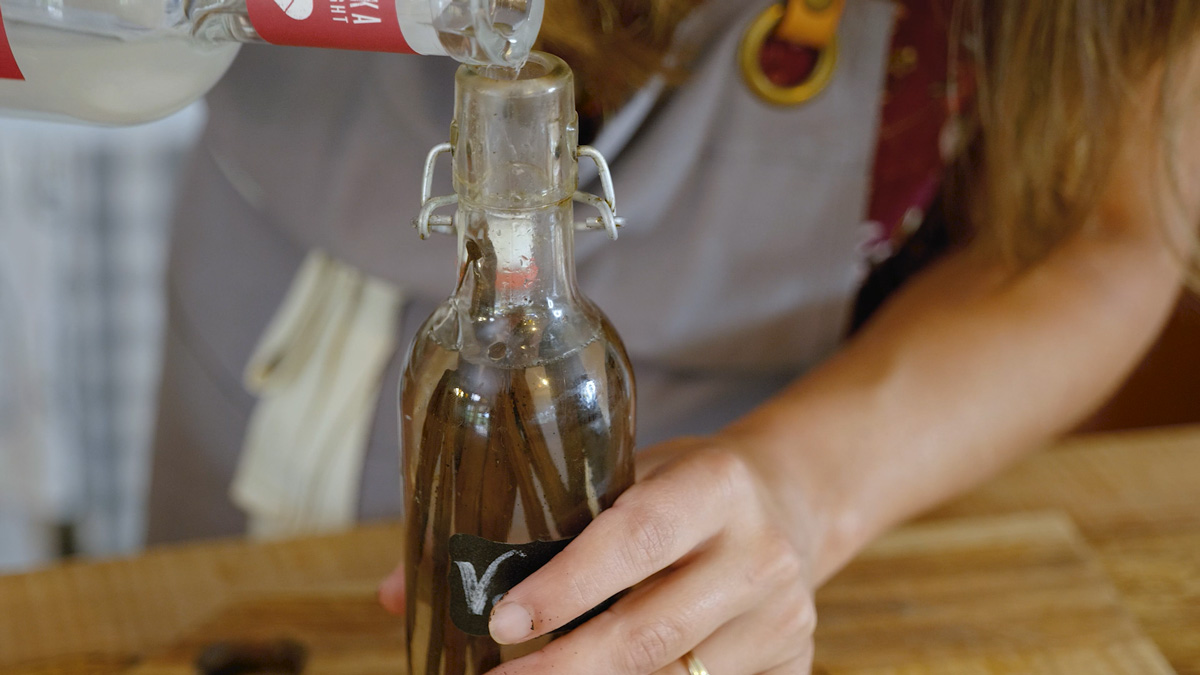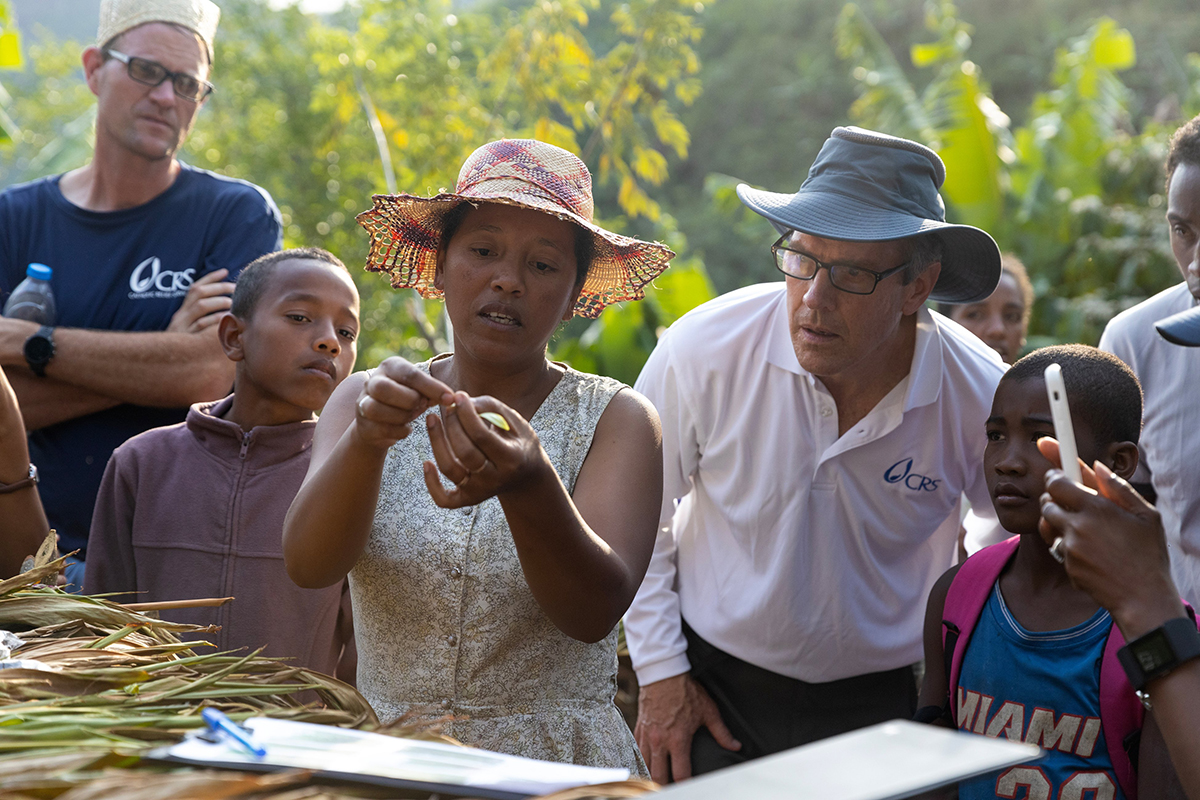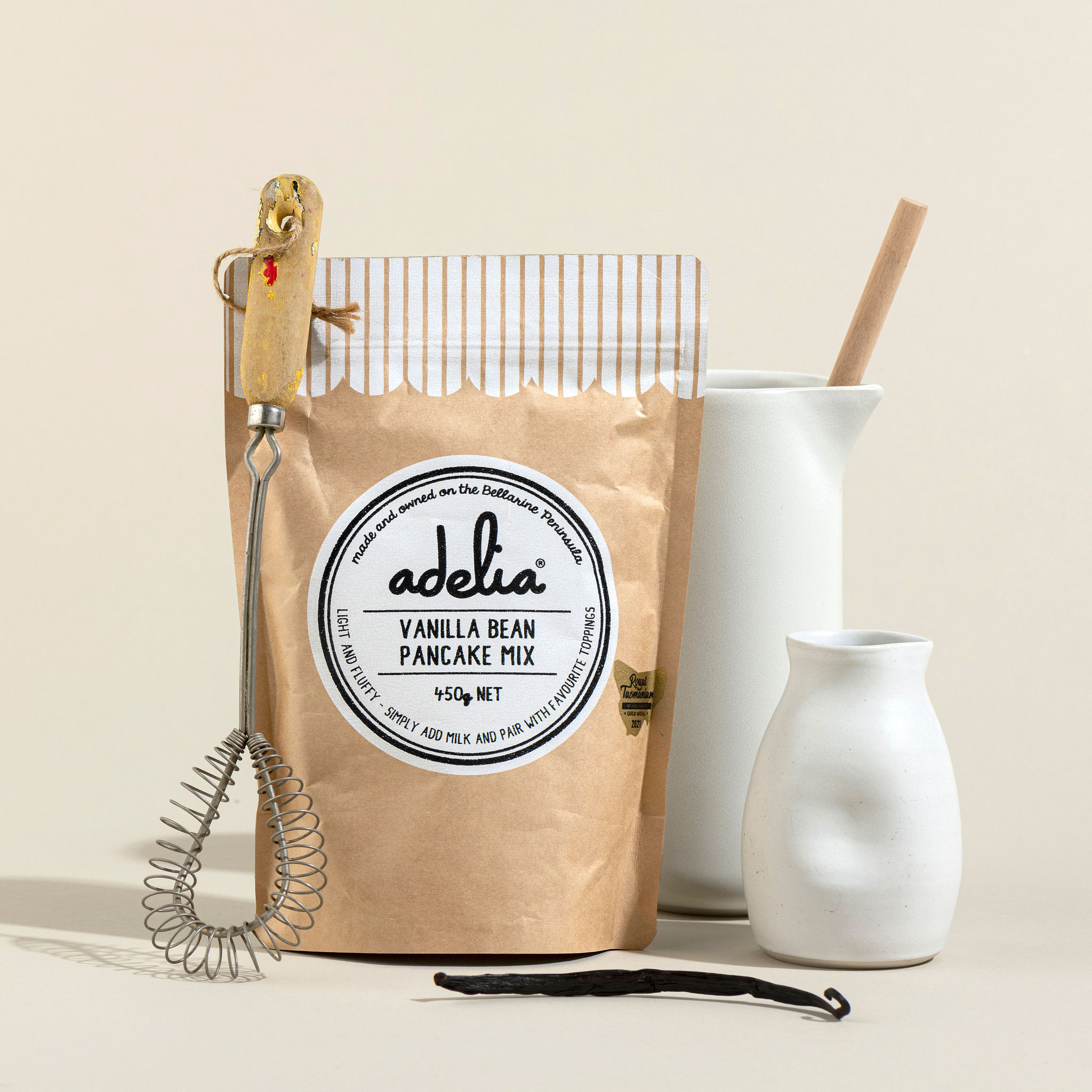Vanilla essence is a commonly used ingredient that adds a rich and aromatic flavour to countless dishes, from cakes to ice creams and everything in between. But have you ever wondered where does vanilla essence come from? Obtaining this exquisite flavour is as intriguing as it is fascinating. Vanilla essence is derived from the pods of Vanilla orchids, primarily the species Vanilla planifolia. These orchids are native to Mexico and were historically pollinated by specific species of bees, making vanilla production quite a delicate process. In this blog, we will delve deeper into the origins of vanilla essence, exploring its cultivation, extraction methods, and the journey it takes from orchids to our favourite desserts.
cracking open one of these bad boys and applying it directly on my neck like medicated oil pic.twitter.com/0p0ocEKf6l
— jovi (@hovsjovs) August 28, 2024
Introduction to Vanilla Essence
Vanilla essence, a widely used flavouring agent in various culinary creations, is derived from the vanilla bean. The process of extracting vanilla essence involves intricate steps to capture this beloved spice’s rich and aromatic essence.
Vanilla Bean Cultivation
The vanilla bean, native to Mexico, is cultivated in several tropical regions worldwide to meet the global demand for vanilla products. The painstaking cultivation process requires specific climatic conditions and careful nurturing.
Extraction Process
Once the vanilla beans reach maturity, they undergo a meticulous extraction process to obtain the essence. This process typically involves soaking the beans in a solution to draw out the potent flavour and aroma.
The extracted essence is then carefully processed and filtered to ensure purity and consistency, resulting in the high-quality vanilla essence that enhances the flavours of various dishes.

History of Vanilla Production
Vanilla, the rich and aromatic flavouring extract, has a fascinating production history. Its origins can be traced back to ancient Mesoamerica, where the Totonac people of Veracruz, Mexico, were the first to cultivate vanilla orchids. In the 16th century, Spanish conquistadors introduced vanilla to Europe.
The Vanilla Orchid
The vanilla plant, a species of orchid known as Vanilla planifolia, is the primary source of natural vanilla flavour. This orchid requires specific conditions to thrive, including humid climates and filtered sunlight.
Manual Pollination
To produce vanilla beans, the flowers of the vanilla orchid must be hand-pollinated. This delicate process mimics the natural pollination by bees and hummingbirds that occurs in its native habitat.

Cultivation and Harvesting Process
Vanilla essence comes from the vanilla orchid, a climbing orchid native to Mexico and Central America. Cultivating and harvesting vanilla beans are meticulous processes that require attention to detail and patience.
Cultivation Method
The vanilla orchid grows best in tropical climates with high humidity and temperatures. Farmers typically plant vanilla vines under shade to protect them from direct sunlight. For optimal growth, the vines need to be trained and supported on trellises.
Once the orchid flowers, pollination must be done by hand since natural pollinators are not present in the regions where vanilla is cultivated.
Harvesting Process
Vanilla beans are ready to be harvested when they reach their entire length, typically around 5 to 8 inches. The beans are carefully handpicked to ensure they are at the right maturity level.
The harvested vanilla beans undergo a curing process that involves several steps such as blanching, sweating, drying, and conditioning. This process enhances the flavour and aroma of the vanilla beans.

Extraction of Vanilla Essence
Vanilla essence, the pure extract derived from vanilla beans, is a highly sought-after ingredient in various culinary delights. The process of extracting vanilla essence is meticulous and time-consuming but results in a rich and aromatic product.
The Vanilla Bean Harvest
Vanilla essence begins with the cultivation of vanilla orchids, primarily in tropical regions like Madagascar and Tahiti. When the orchids reach optimal maturity, vanilla beans are handpicked.
The year’s weather conditions greatly impact the quality and quantity of vanilla beans harvested, ultimately affecting the availability of vanilla essence.
Extraction of Flavor
After harvest, vanilla beans undergo a curing process, during which they are dried and fermented. This step is crucial in developing the rich flavours and aromas present in vanilla essence.
Vanilla beans are then meticulously processed to extract the flavorful essence. Extraction methods can vary, but popular techniques include cold pressing or solvent extraction.
Uses of Vanilla Essence
Vanilla essence is a versatile ingredient widely used in various culinary applications due to its rich and fragrant flavour profile. One of the primary uses of vanilla essence is in baking, where it adds a sweet and aromatic taste to cakes, cookies, and pastries. Additionally, vanilla essence is popularly used in making ice cream, custards, and desserts to enhance their taste and aroma.
Enhancing Beverages
Adding a few drops of vanilla essence can elevate the flavour of beverages such as coffee, hot chocolate, and milkshakes. The essence imparts the drinks a warm and comforting aroma, making them more flavorful and appealing.
Vanilla essence can also be used to create homemade syrups and infusions for cocktails, adding a unique twist to alcoholic beverages.
Culinary Delights
Vanilla essence can be incorporated into savoury dishes like marinades, sauces, and glazes to impart a subtle sweetness and depth of flavour. Its versatility allows it to complement a wide range of ingredients, enhancing the dish’s overall taste.
- Use vanilla essence to flavour yoghurt, oatmeal, and pancake batter for a delectable breakfast treat.
- Infuse vanilla essence into homemade sauces and dressings to add a hint of sweetness to salads and main dishes.
Health Benefits of Vanilla Essence
Vanilla essence is a famous flavouring agent and offers several health benefits. Made from real vanilla beans, it contains antioxidant properties that help reduce inflammation and neutralise free radicals. Let’s delve into some of the health benefits:
1. Rich in Antioxidants
Vanilla essence is rich in antioxidants, such as vanillin, which help protect the body from damage caused by harmful molecules. These antioxidants contribute to overall health and well-being.
2. Anti-Inflammatory Properties
Studies suggest that vanilla essence may possess anti-inflammatory properties, aiding in reducing inflammation and promoting joint health. Including vanilla essence in your diet may help alleviate symptoms of inflammatory conditions.
Frequently Asked Questions
- What is vanilla essence?
- Vanilla essence is a concentrated form of vanilla flavouring, typically used in baking and cooking to add a rich and sweet vanilla taste to dishes.
- Where does vanilla essence come from?
- Vanilla essence is derived from the vanilla bean, specifically from the pods of the vanilla orchids. These pods contain the seeds which are used to extract the essence.
- How is vanilla essence made?
- Vanilla essence is typically made by soaking vanilla beans in alcohol, which helps to extract the flavour compounds from the beans. The mixture is then aged to develop a rich and complex flavour profile.
- Is vanilla essence the same as vanilla extract?
- Vanilla essence and vanilla extract are similar in that they are both concentrated forms of vanilla flavouring. However, vanilla essence is often alcohol-free, while vanilla extract is alcohol-based.
- Can vanilla essence be used interchangeably with vanilla extract in recipes?
- Yes, recipes usually use vanilla essence and vanilla extract interchangeably. However, be sure to note the alcohol content and adjust the measurements accordingly if needed.
Unraveling the Source of Vanilla Essence
Exploring the question of where vanilla essence comes from has opened the doors to the captivating world of vanilla orchids and the labor-intensive process of hand-pollination they entail. As we delved deeper into the journey from orchid blooms to aromatic vanilla essence, it became clear that this potent ingredient originates from the exotic orchids primarily found in Madagascar, Mexico, and Tahiti. Through meticulous cultivation, curing, and extraction methods, the essence we use in our desserts and fragrances is a testament to the dedication of farmers and artisans in bringing this luxurious flavour to our fingertips. Next time you savour the rich aroma of vanilla, remember its incredible journey to enhance our senses.

